The standout shows of Milan Fashion Week Men’s S/S 2026: Prada to Dunhill
Wallpaper* picks the very best of Milan Fashion Week Men’s S/S 2026, from Miuccia Prada and Raf Simons’ ‘light, fresh’ and ‘human’ display to Dunhill’s exploration of English dress codes
Orla Brennan
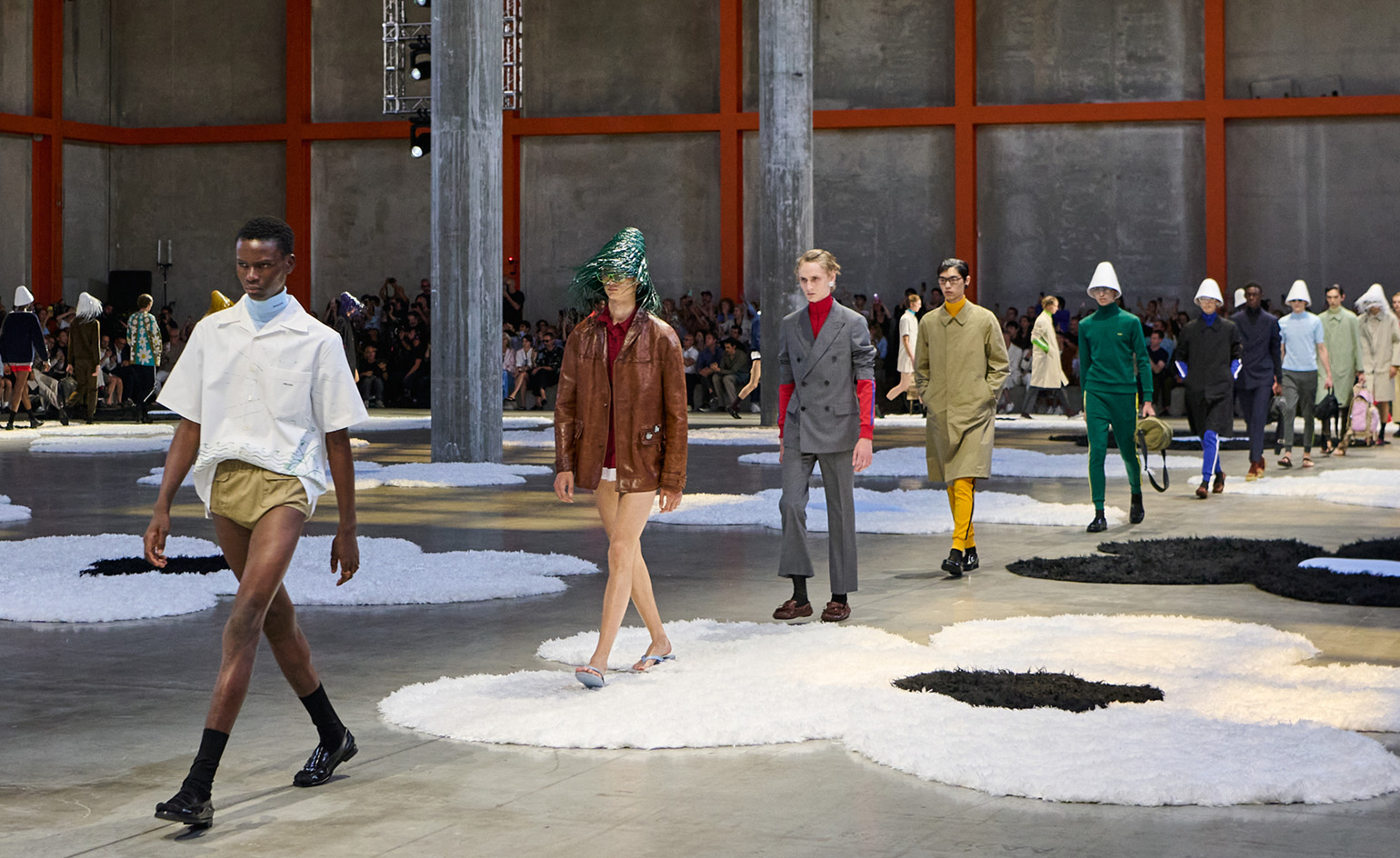
Menswear month continues with the S/S 2026 edition of Milan Fashion Week Men’s, unfolding in locations across the city. As ever, the powerhouses of Italian style will provide the week’s biggest moments, among them Prada, Dolce & Gabbana, and Emporio and Giorgio Armani. Of the latter, news came on Friday that Mr Armani would be absent from his usual runway bow after a recent hospitalisation, though a statement from the house assured he ‘worked with his usual dedication on the collections that will be presented [and] although he cannot be there in person, he will closely follow every phase of the shows.’ Leo Dell’Orco, head of menswear design, took his place at the end of the Emporio Armani show and will do so today at Giorgio Armani.
Alongside the heavyweight houses, there’s fresh blood in Milan this season, too, with a handful of newer labels populating the week. Japanese designer Satoshi Kuwata of Setchu kicked off the Milan schedule with a fishing-inspired follow up to his Pitti Uomo debut last season, while young London native Saul Nash – known for his fluid, dance-inflected designs – is set to show in Milan for the second time. Nash included, there’s something of a British takeover in the city this season, with Paul Smith and Dunhill both making an appearance on the schedule. ‘I’ve proudly had my own showroom in Milan for 22 years and have great affection for the city,’ said the former. ‘I’ll be hosting a salon-style show which I know will be intimate and honest to who we are.’
Here, in an ongoing round-up, we select the best shows of Milan Fashion Week Men’s, as they happen.
The best of Milan Fashion Week Men’s S/S 2026
Dunhill
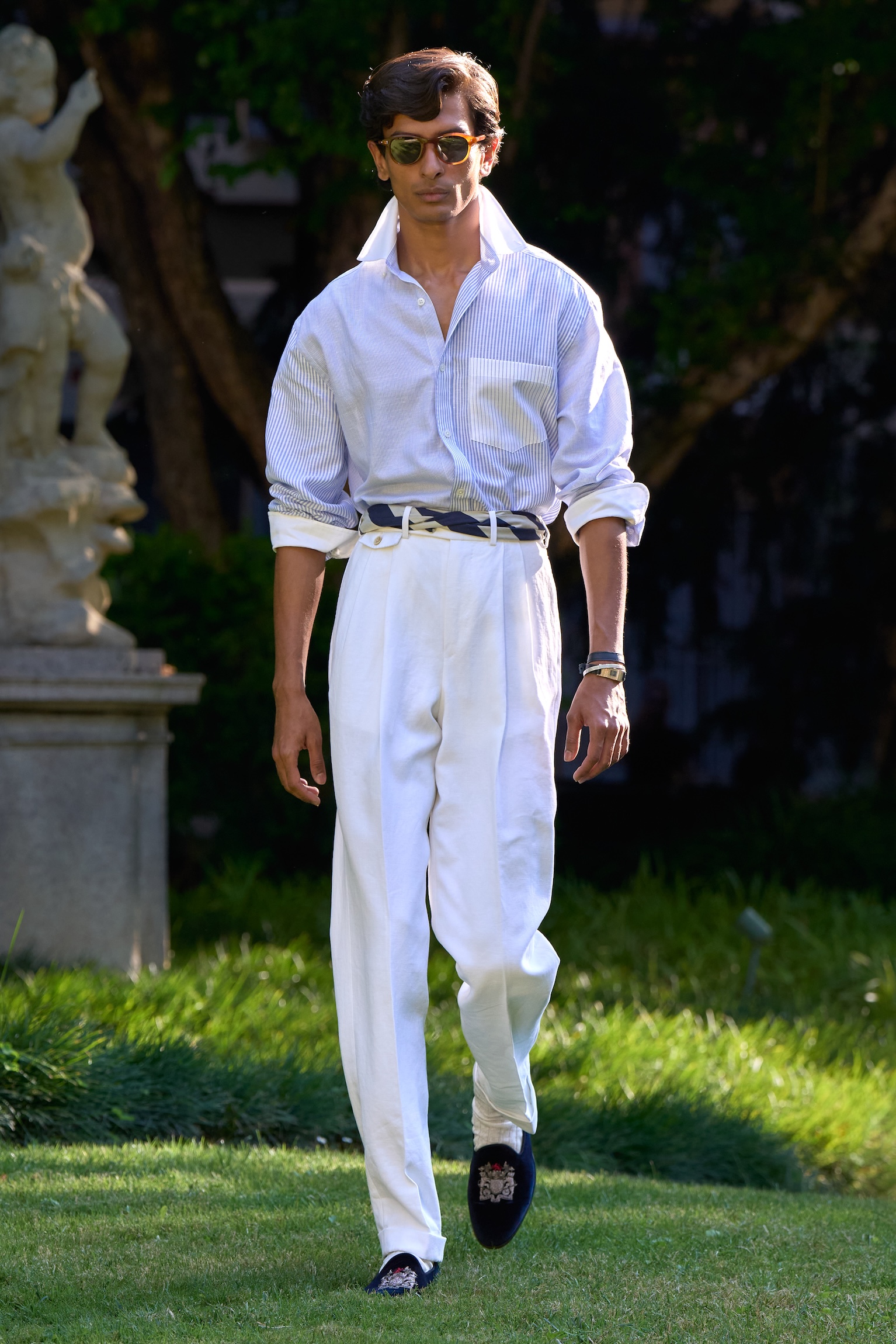
Dunhill is one of several British brands to have migrated to Milan this season. Showing yesterday evening in a sun-dappled garden, creative director Simon Holloway was intent on bringing a rakish sort of British charm to the Italian city. Honing in on the brand’s classic tailoring codes, the collection merged the smart uniforms of English aristocracy with the louche wardrobes of British rock icons like Bryan Ferry and Charlie Watts – artists known for wearing ‘societal elegance with disobedient grace.’
In a summer palette of neutrals and navies – ‘various shades of British drab’ – classic car coats and driving blazers in supple lambskin drew on the house’s motorsports legacy, while candy-striped ties and linen summer blazers nodded to Wimbledon and the Chelsea Flower Show. A few flairs of English eccentricity appeared in 18th-century-inspired floral printed waistcoats and sun-bleached tailored linens in ‘neo-Gatsby’ hues of lavender and rose, worn with a striped silk flourish of a pocket hanky. Running the full gamut of the Englishman, the display was a celebration of Dunhill’s refined take on male glamour – and of Britishness, away from home. OB
Prada

Prada’s S/S 2026 menswear show took place at Fondazione Prada’s Deposito, the cavernous, hangar-like space stripped back this season to its bare walls, light streaming in from the high upper windows usually concealed by the house’s more intricate show sets (only a series of flower-shaped rugs, inspired by a S/S 2013 print, lined the runway). Backstage, Raf Simons – who is co-creative director with Miuccia Prada – said this was about an impulse to strip away the extraneous. ‘This is the first time the Fondazione is completely bare, with the light coming in,’ he said. ‘We wanted to show something in this moment that, hopefully, feels positive and balanced. Sometimes it's good to reflect and be a little bit more calm.’ More directly, Mrs Prada said it was about a rejection of ‘useless, complicated ideas’. ‘This was not conceptual, it was more instinctive,’ she continued, in an echo of recent seasons.
The collection itself posited a surreal escapism, as if models were marching towards a strange, concrete beach (a languid soundtrack, featuring ambient British electronic duo The KLF, captured a similar mood). Look one was a pair of tiny micro shorts, worn with a shirt adorned with waves and a faded sun. There were windswept raffia hats and more abbreviated shorts (this time tailored), military shirts worn as mini dresses, and colourful woven tops with tasselled hems. Other tabard-style tops were adorned with vivid prints of flowers and waves; alongside shrunken tracksuits, there was a distinct 1970s influence (Simons talked about the collection shuffling through some of the pair’s favourite eras). Elsewhere, there were riffs on more classic masculine attire, from double-breasted tailoring, mackintosh jackets to roll-neck sweaters and car shoes.
Receive our daily digest of inspiration, escapism and design stories from around the world direct to your inbox.
The collection notes said that this season was about ‘a change of tone’. Afterwards, both designers talked about the sense of ease that ran not only through the clothing, but the creation of the collection itself – a testament to the pair’s new rhythm of working, which tends towards a free association of ideas over strict thematics. ‘Everything worked with everything said Mrs Prada, while Simons said that it was the ‘easiest collection I’ve ever done’. ‘Often you have a very specific architectural proposition, a shape, a shoulder, a waist,’ he continued. ‘From the start we said we don’t want that. We want everything to be human. We want everything to be light, fresh and colourful. It's very free.’ JM
READ: Let there be light: a closer look at Prada’s stripped-back S/S 2026 show set
Emporio Armani
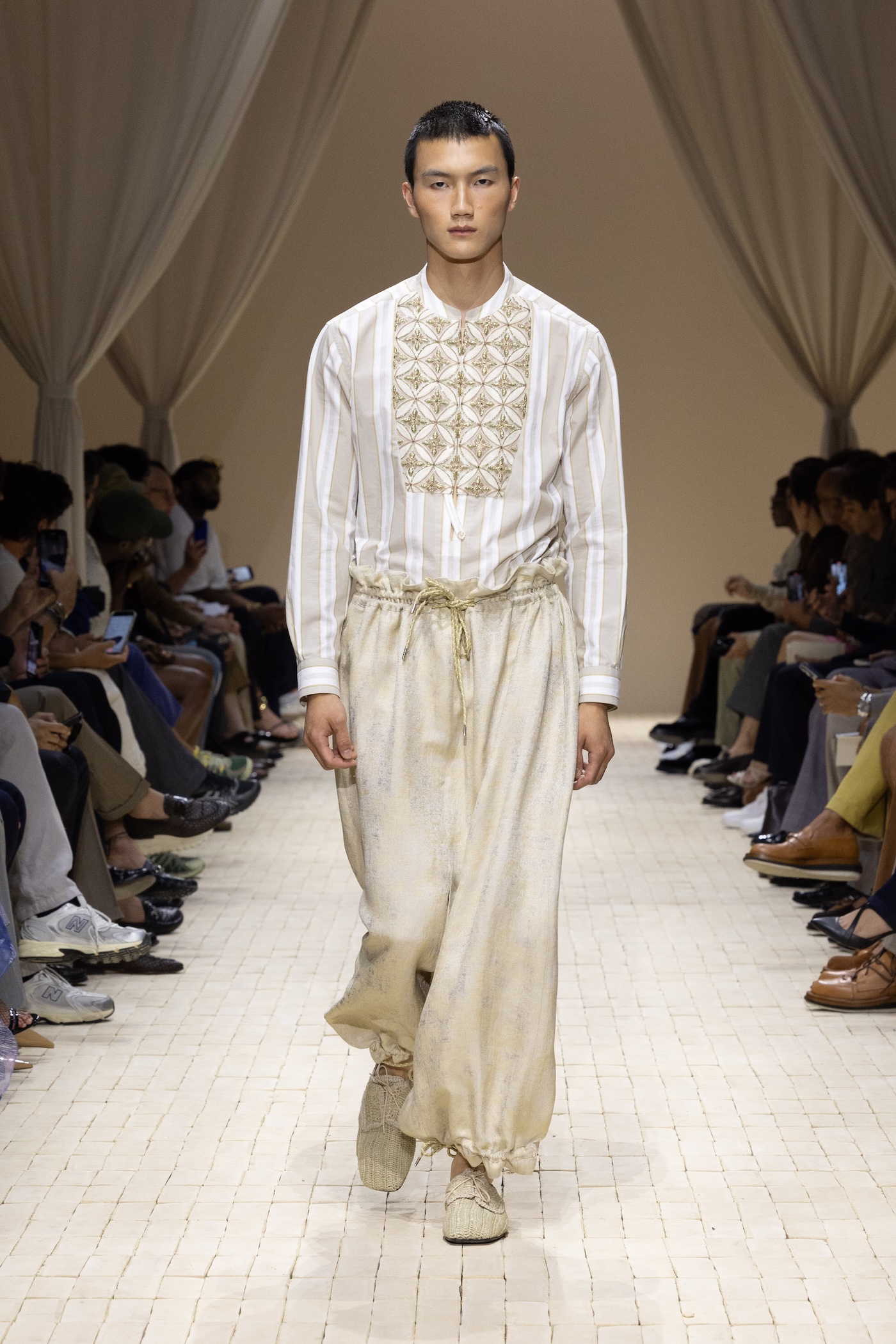
On Friday afternoon, news came from Giorgio Armani HQ that the house’s eponymous designer would not be taking his usual runway bow at either Emporio Armani or Giorgio Armani this Milan Fashion Week, choosing to recover at home after a recent hospitalisation (in lieu, head of menswear Leo Dell’Orco would greet guests at the end of each show). That said, a statement from the house assured Mr Armani had ‘worked with his usual dedication on the collections that will be presented’ and, at Emporio Armani – held at the Tadao Ando-designed Teatro/Armani on Saturday evening – the collection felt certainly typical of the designer’s oeuvre (indeed, he was purportedly FaceTiming the team moments before the show).
Set against billowing beige curtains and staged on a runway of sunbaked tiles, this collection was about the fantasy of travel and escape – a perennial theme of the designer’s summer collections. Spurred by ‘a genuine interest in other cultures’, as Mr Armani described, wrapped, scarf-like silhouettes, carpet bags, tasselled jacquard jackets and voluminous trousers, which ruched at the ankles, recalled the nomadic cultures of northern Africa, albeit in hyper-luxurious style (‘Moroccan mosaics and Berber tents’ were both references for the collection). In a similar vein, the collection’s sporty stream of opening EA7 looks – which came out so fast some guests had barely taken their seats – recalled a more contemporary desert wanderer, with sleek, technical-wear designed to protect its wearer from the elements. JM
Paul Smith
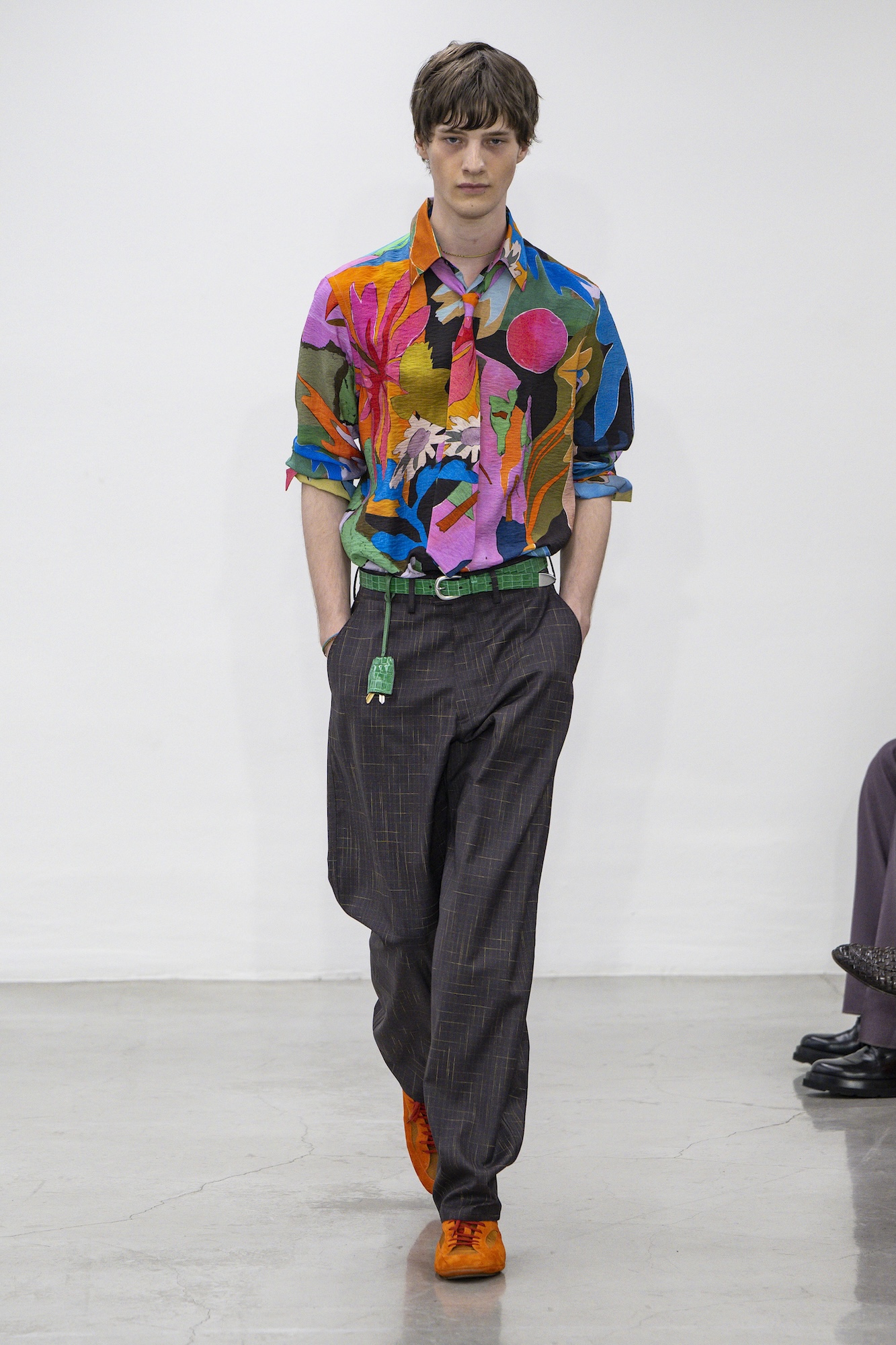
There’s nothing like wandering through the aisles of a European supermarket on holiday – everything familiar, yet different enough to spark intrigue – before picking up some fresh fruit, a few trinkets from a shop, and throwing back an espresso far later in the day than you’d dare to at home. It’s these little pleasures that punctuated Paul Smith’s first debut in Milan – a city where the 78-year-old godfather of British design has long based his HQ, but until now, had never presented a collection during fashion week.
As such, he wanted to keep things personal. Guests were welcomed down to the sleek, modern building Paul Smith is based, where blue crates from farmer’s markets made neat rows for seating and the designer’s voice softly recounted memories of his extensive travels. Eschewing the theatrics of a traditional runway, the show took on the charm of a nostalgic salon, presenting something of an album of his adventures. Bold prints and clashing textiles drew on vintage treasures from far-flung places, while a retro palette of green, fuchsia and coral radiated 1980s European heat. Silhouettes nodded to 1950s tailoring, with jackets cropped and trousers high-waisted, while Smith’s flair for pattern shone through in leather appliqué birds, florals, and photographic collages on shirts, outerwear and ties – a technique he pioneered in the brand’s early years.
Surprisingly intimate for a label of its scale, the salon format allowed models to meander through the space, offering a close-up look at accessories that winked at the art of souvenir hunting – such as hotel room key fobs that became charms dangling from leather belts, berets, and net bags filled with fresh veg. Few designers could pull off such a maximalist assemblage of ideas, but a bold eclecticism has been Smith’s first language since founding his brand in 1970. A Milan debut to remember, it was a celebration of the expressive sophistication that has defined his vision for more than 50 years. OB
READ: Paul Smith on his ‘lovely and simple’ Milan Fashion Week debut
Dolce & Gabbana
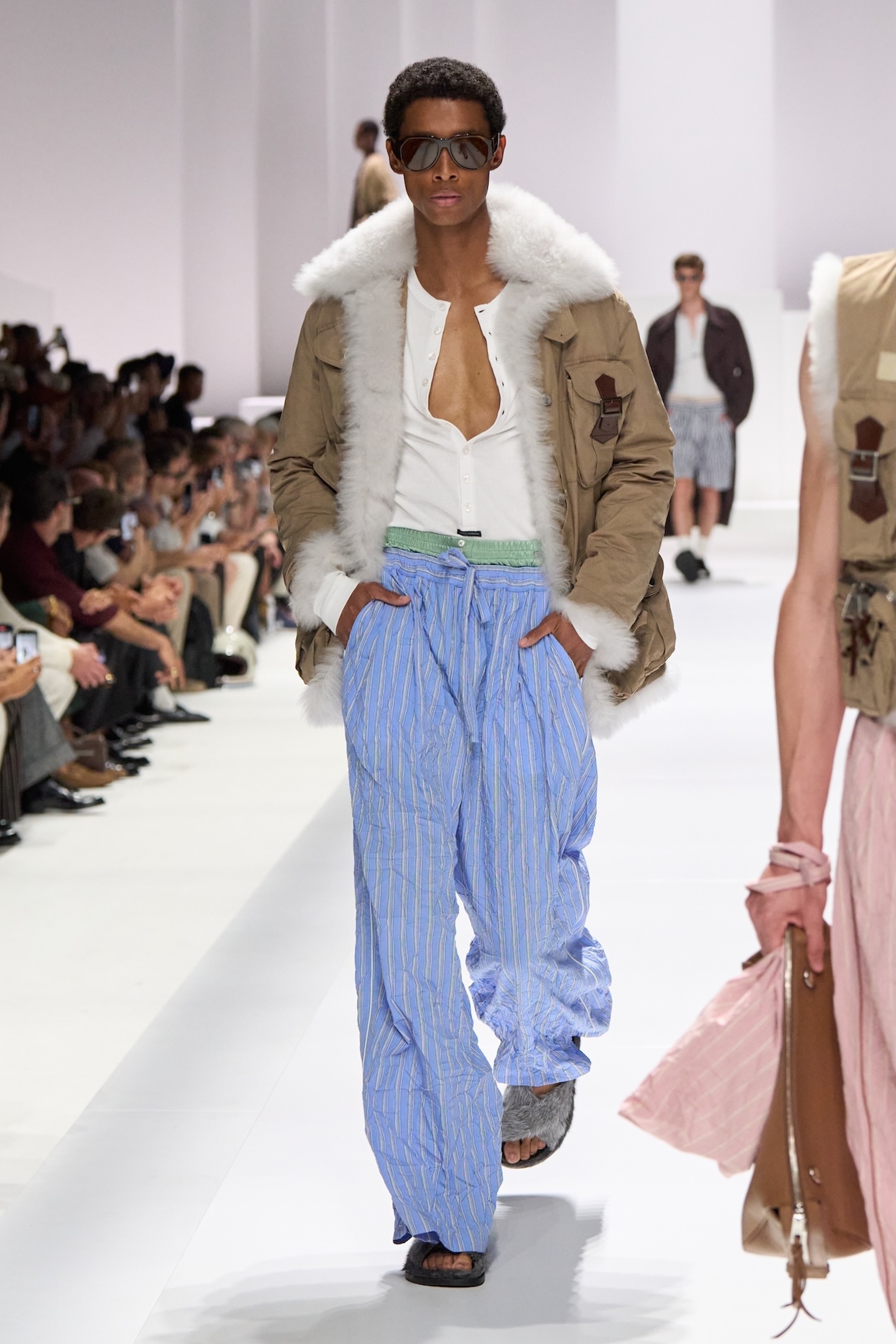
Before the Dolce & Gabbana show, held at the house’s Metropol venue in central Milan, a series of screens showed models lolling in bed in cotton pyjamas – a vision of Sunday-morning ease which permeated the collection itself. Titled ‘Pyjama Boys’, the playful S/S 2026 outing saw Stefano Gabbana and Domenico Dolce riff on cotton pyjama pants and shirts, while oversized tailoring was gently crumpled as if models had just stepped out of bed (indeed, thrown-on jackets in mock croc and signature Dolce & Gabbana leopard print looked as if models were off on an early-morning milk run). The idea of softness was another theme – fluffy-edged parkas, cotton-jersey henleys, and a colour palette of gelato pastels all showed a sweeter side of Dolce & Gabbana – while the closing looks saw pyjama sets embellished with swathes of surface hand-finished embellishment, from glimmering crystals to floral embroidery. It made for a breezy summer offering which looked seductive in the Milanese heat – even more so when the models trailed out of the Metropol and onto the sun-drenched street outside, where the usual throngs of fans screamed in delight. JM
Setchu
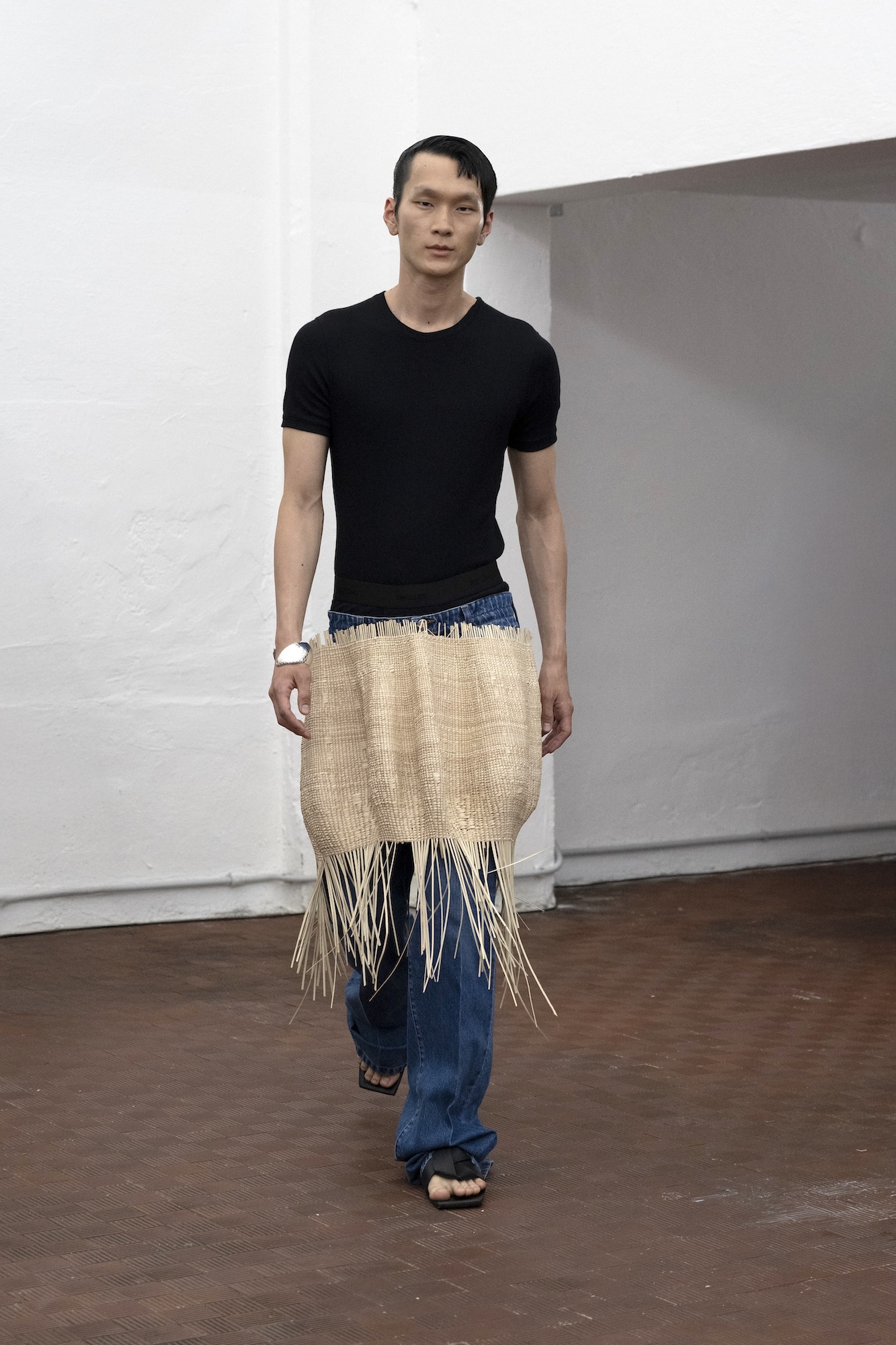
Satoshi Kuwata knows a thing or two about patience. The Japanese designer waited nearly 20 years to launch his own brand, working his way from a job at Pret a Manger to a tailor in Angel before making it to Savile Row, later joining teams at Gareth Pugh and Givenchy. Knowing this, it’s less surprising that his other lifelong love, besides clothes, is fishing – an activity where those who are willing to wait will reap the best reward.
Shown yesterday evening at Galleria Ordet in Milan, Kuwata’s follow-up to his debut at Pitti Uomo found its starting point in a recent fishing trip to Zimbabwe. Here he met master weavers of the Batoka tribe, leading to theatrically woven baskets, hats, and skirts made in collaboration with local artisans – a partnership supported by LVMH’s Métiers d’Art initiative. These palm-fronded pieces – more like sculptures than clothing – were paired with designs that blurred savoir-faire tradition with the playful cuts of contemporary Japanese design.
Shirting was twisted and tied over the body in embracing shapes with sleeves left dangling, while ‘origami-cut’ tailoring – made to be packed and neatly folded – struck a balance between rigour and play (such as a safari jacket with tote bag-esque straps, seen slung over one model’s shoulder). Echoes of the trip to Zimbabwe ran through the collection without feeling heavy-handed, from a palette inspired by African sunsets to billowing chiffon cut with the water of Victoria Falls in mind. A display of authenticity and skill guided by the setchu principle – a ‘compromise’ or blending of cultures – these were the clothes of a designer who knows exactly where he’s going. OB
Stay tuned for live coverage of Milan Fashion Week Men’s here.
Jack Moss is the Fashion & Beauty Features Director at Wallpaper*, having joined the team in 2022 as Fashion Features Editor. Previously the digital features editor at AnOther and digital editor at 10 Magazine, he has also contributed to numerous international publications and featured in ‘Dazed: 32 Years Confused: The Covers’, published by Rizzoli. He is particularly interested in the moments when fashion intersects with other creative disciplines – notably art and design – as well as championing a new generation of international talent and reporting from international fashion weeks. Across his career, he has interviewed the fashion industry’s leading figures, including Rick Owens, Pieter Mulier, Jonathan Anderson, Grace Wales Bonner, Christian Lacroix, Kate Moss and Manolo Blahnik.
-
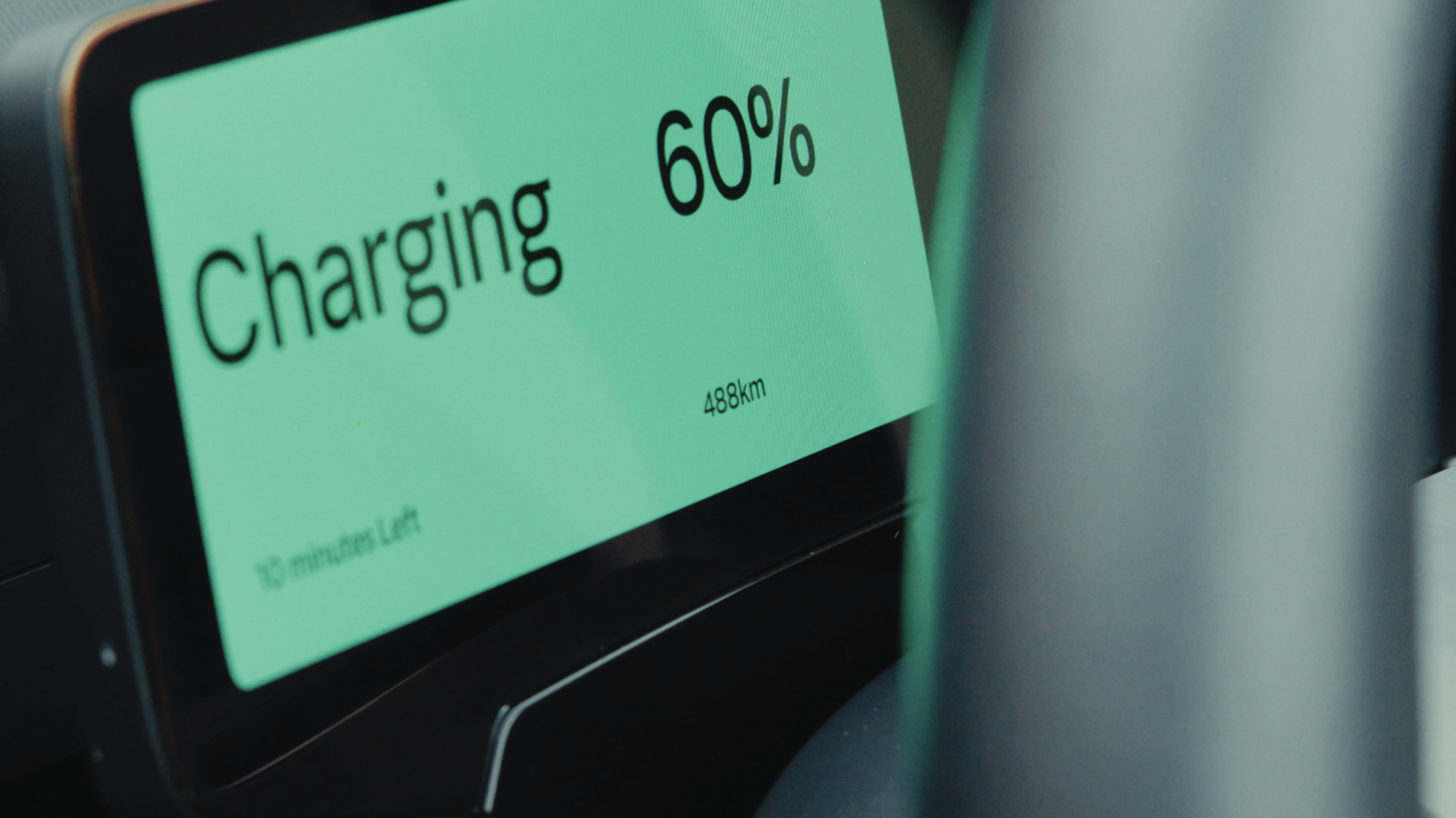 Volvo’s quest for safety has resulted in this new, ultra-legible in-car typeface, Volvo Centum
Volvo’s quest for safety has resulted in this new, ultra-legible in-car typeface, Volvo CentumDalton Maag designs a new sans serif typeface for the Swedish carmaker, Volvo Centum, building on the brand’s strong safety ethos
-
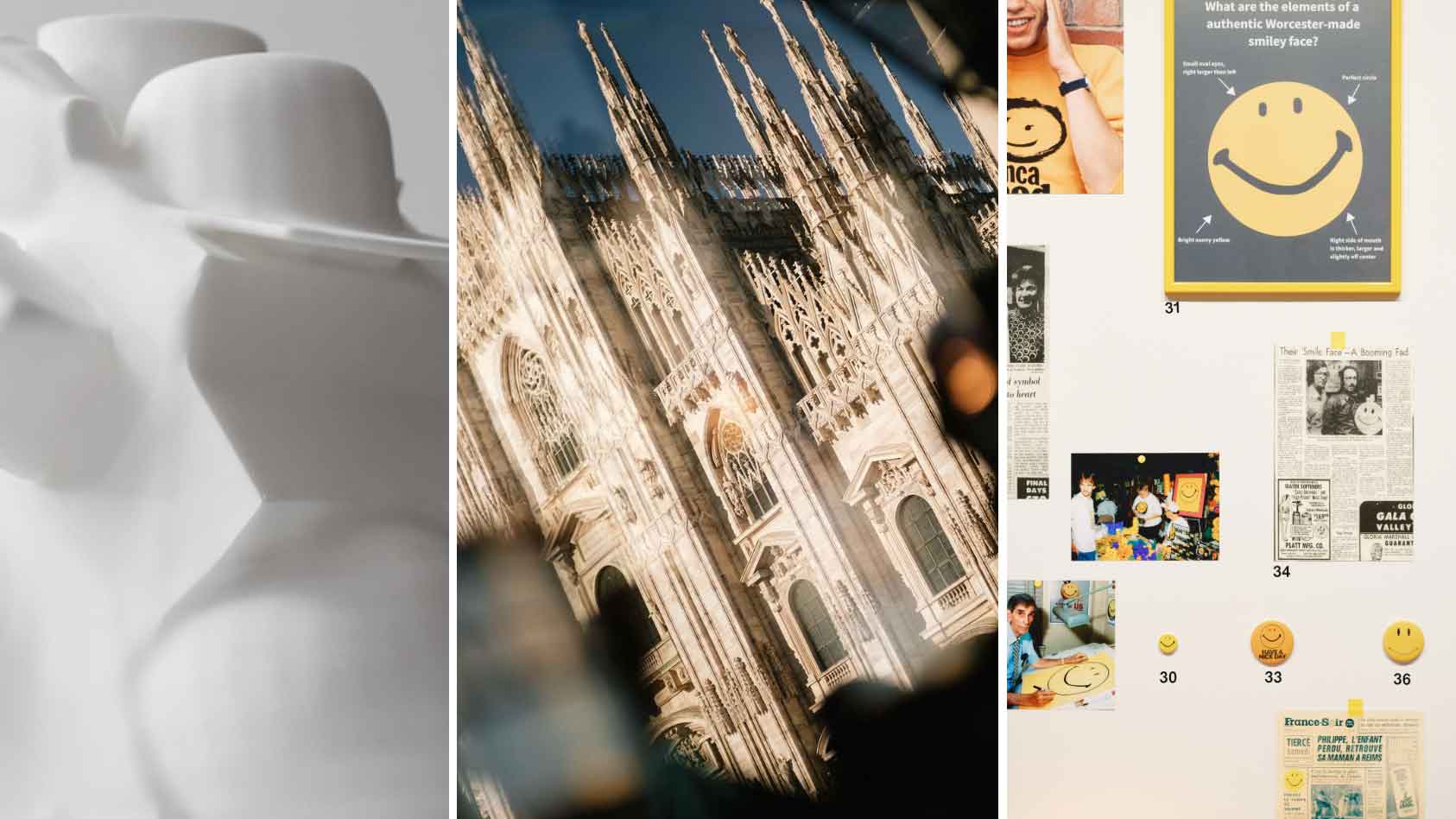 We asked six creative leaders to tell us their design predictions for the year ahead
We asked six creative leaders to tell us their design predictions for the year aheadWhat will be the trends shaping the design world in 2026? Six creative leaders share their creative predictions for next year, alongside some wise advice: be present, connect, embrace AI
-
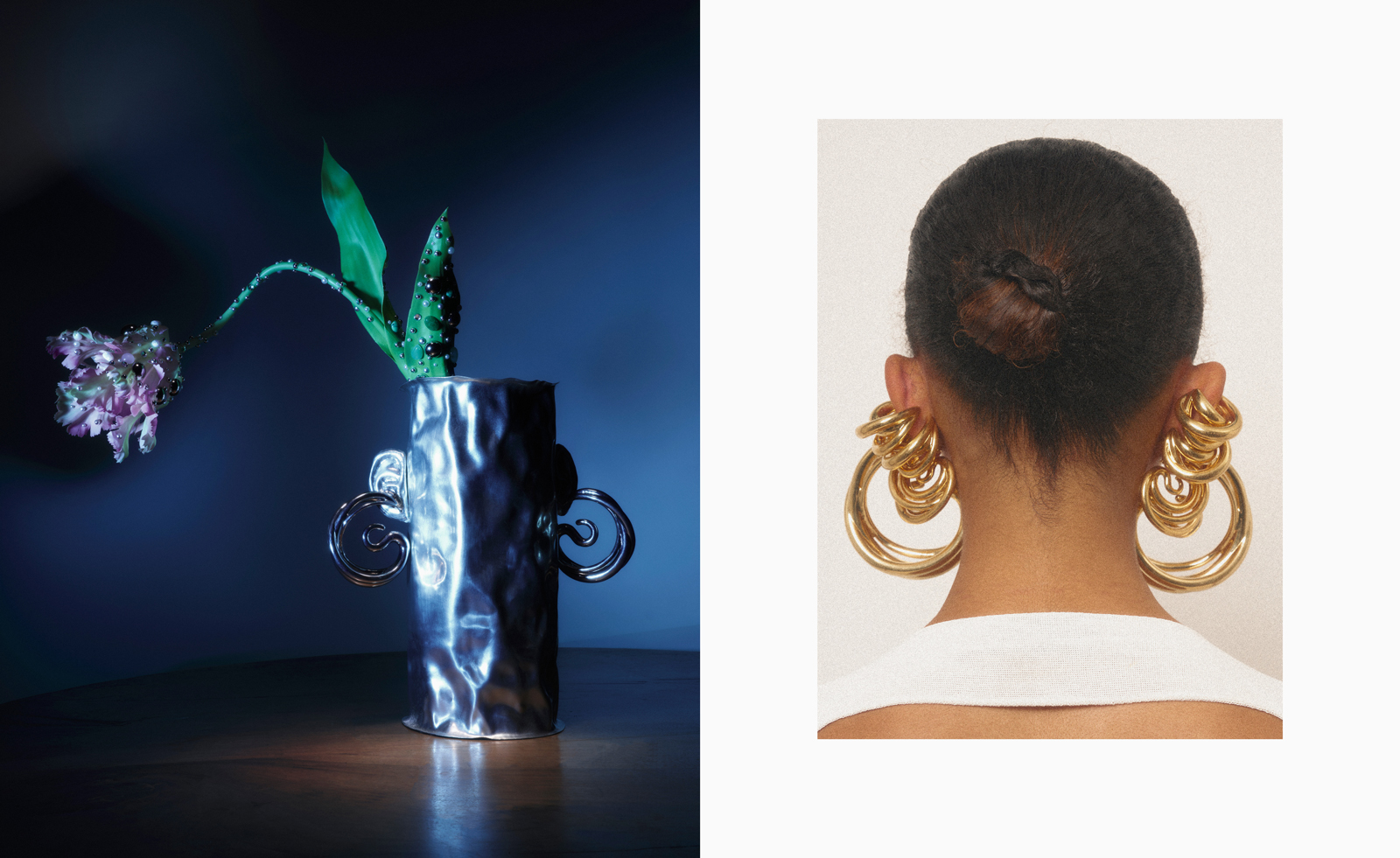 10 watch and jewellery moments that dazzled us in 2025
10 watch and jewellery moments that dazzled us in 2025From unexpected watch collaborations to eclectic materials and offbeat designs, here are the watch and jewellery moments we enjoyed this year
-
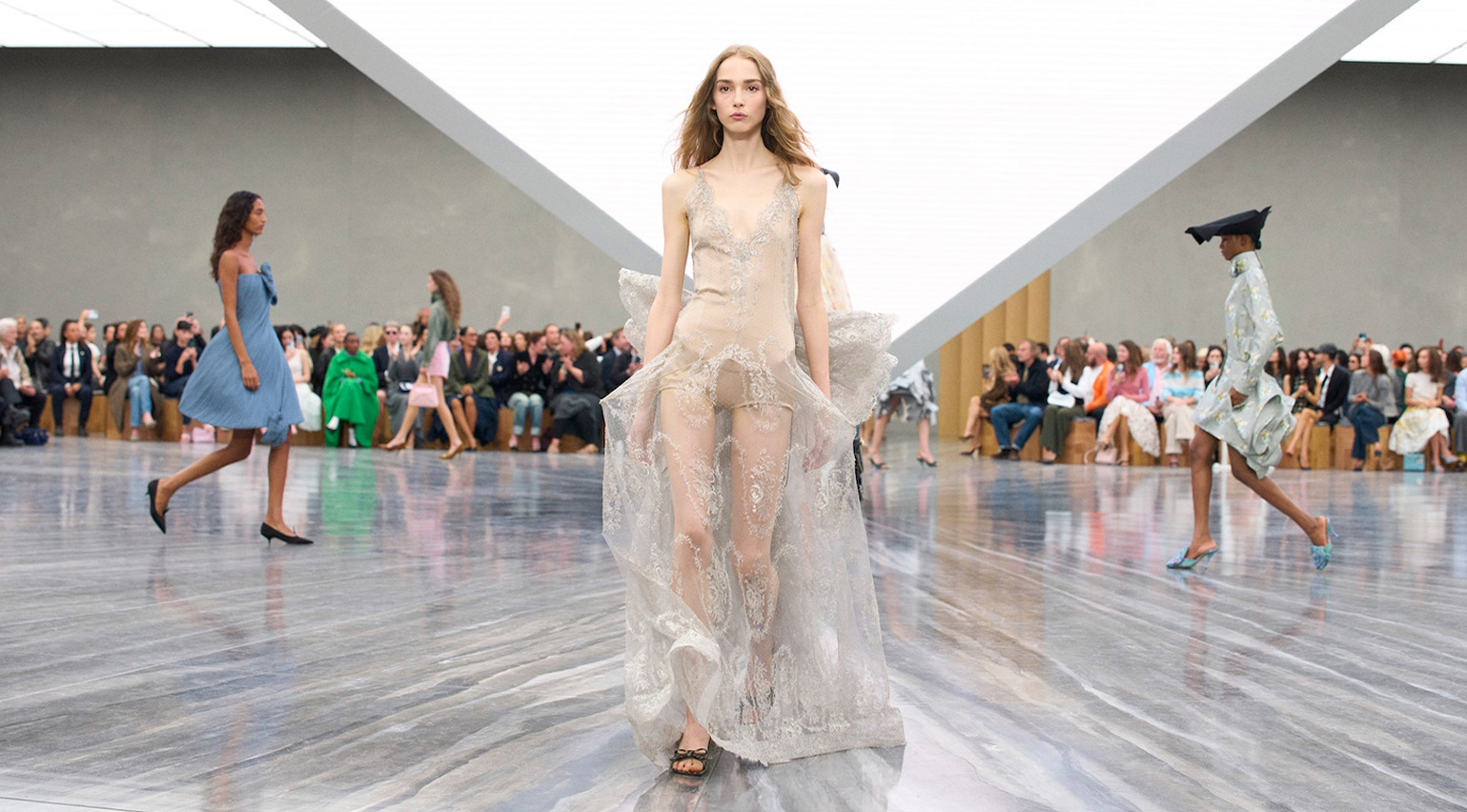 The key takeaways from the S/S 2026 shows: freedom, colour and romance define fashion’s new chapter
The key takeaways from the S/S 2026 shows: freedom, colour and romance define fashion’s new chapterWe unpack the trends and takeaways from the S/S 2026 season, which saw fashion embrace a fresh start with free-spirited collections and a bold exploration of colour and form
-
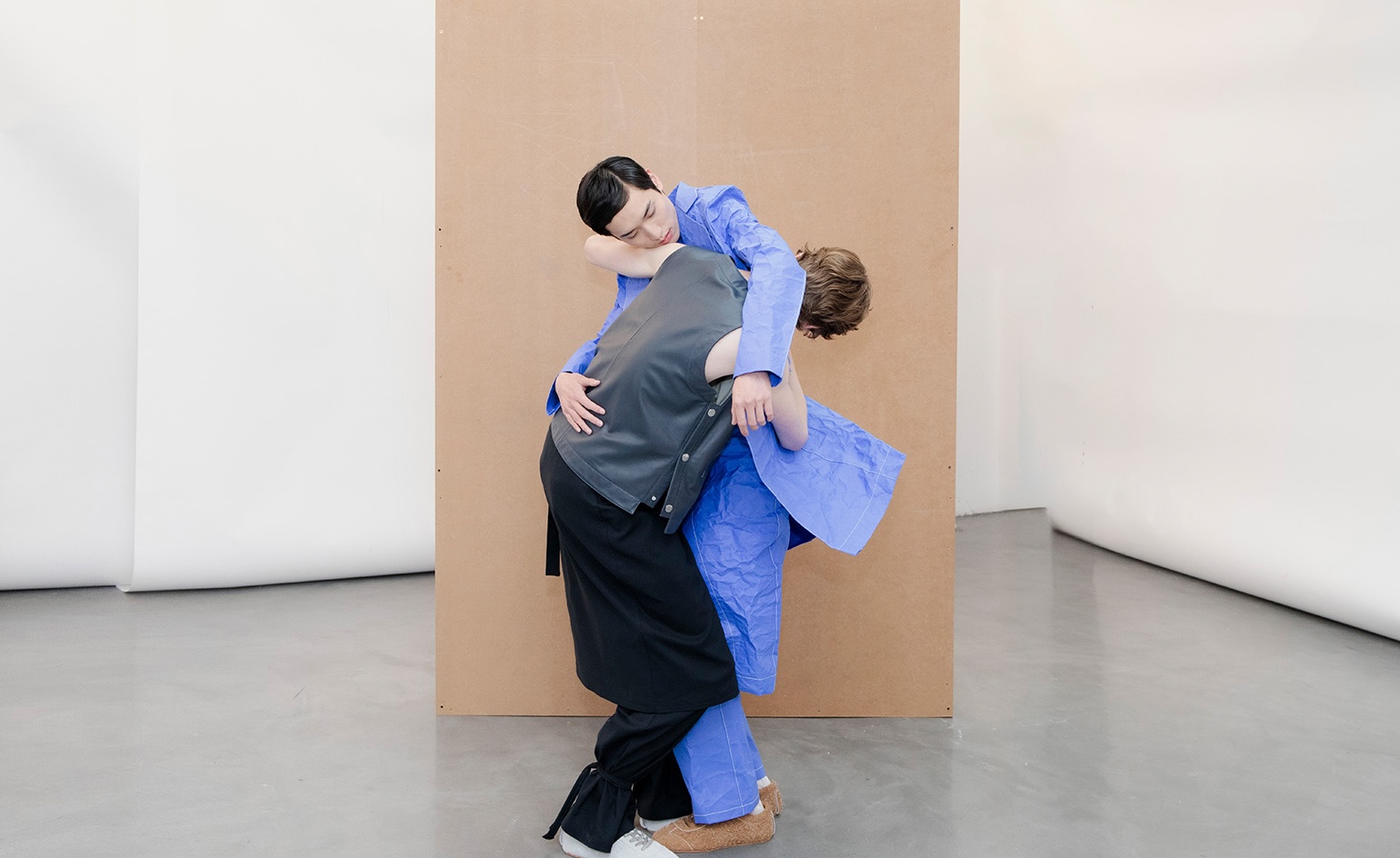 The independent designers you might have missed from fashion month S/S 2026
The independent designers you might have missed from fashion month S/S 2026Amid a tidal wave of big-house debuts, we take you through the independent displays that may have slipped through the cracks – from beautiful imagery to bookshop takeovers, museum displays and moves across the pond
-
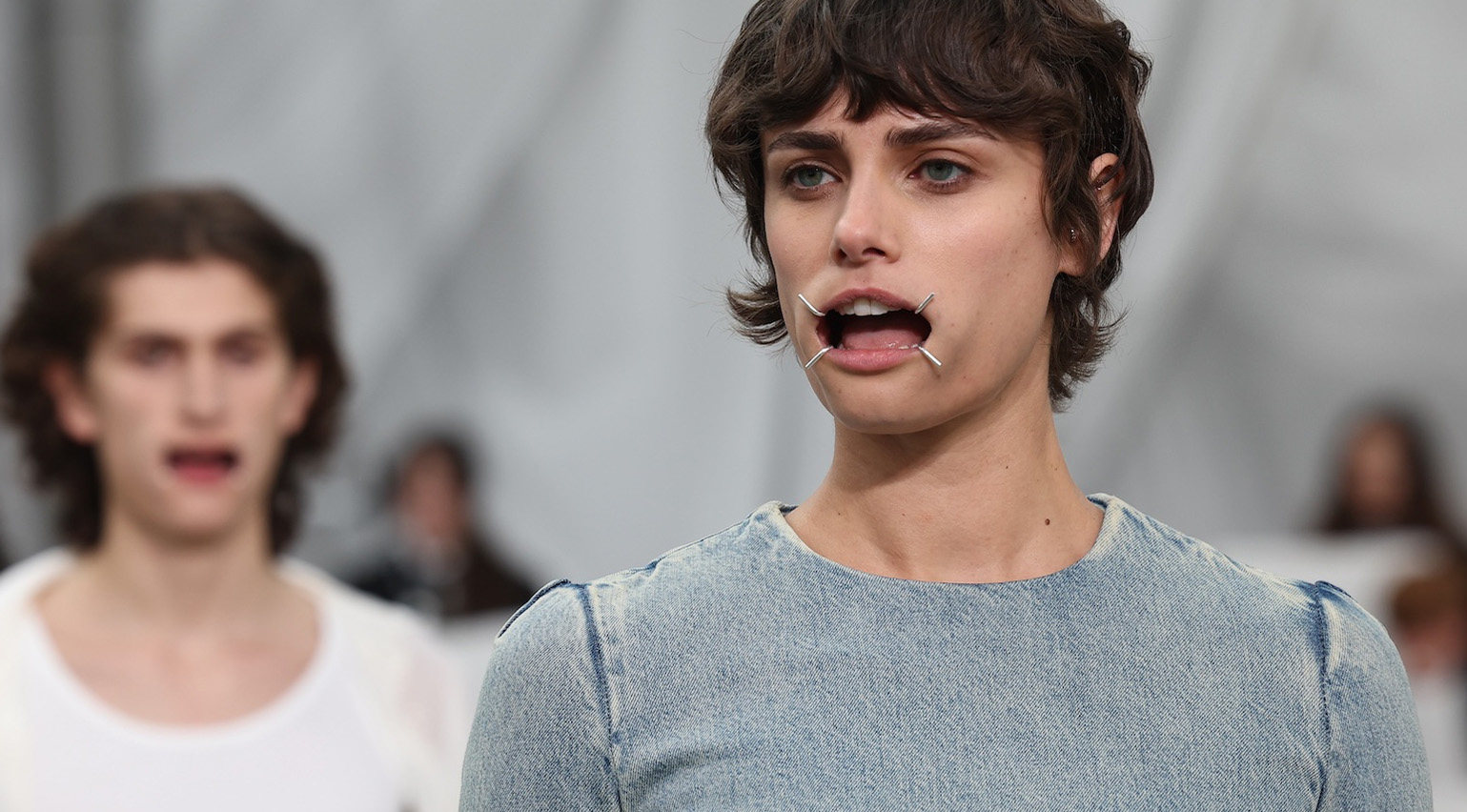 From wearable skincare to scented runways, unpacking the unconventional beauty moments of fashion month S/S 2026
From wearable skincare to scented runways, unpacking the unconventional beauty moments of fashion month S/S 2026The S/S 2026 season featured everything from probiotic-lined athleisure to fragranced runways – and those Maison Margiela mouthguards
-
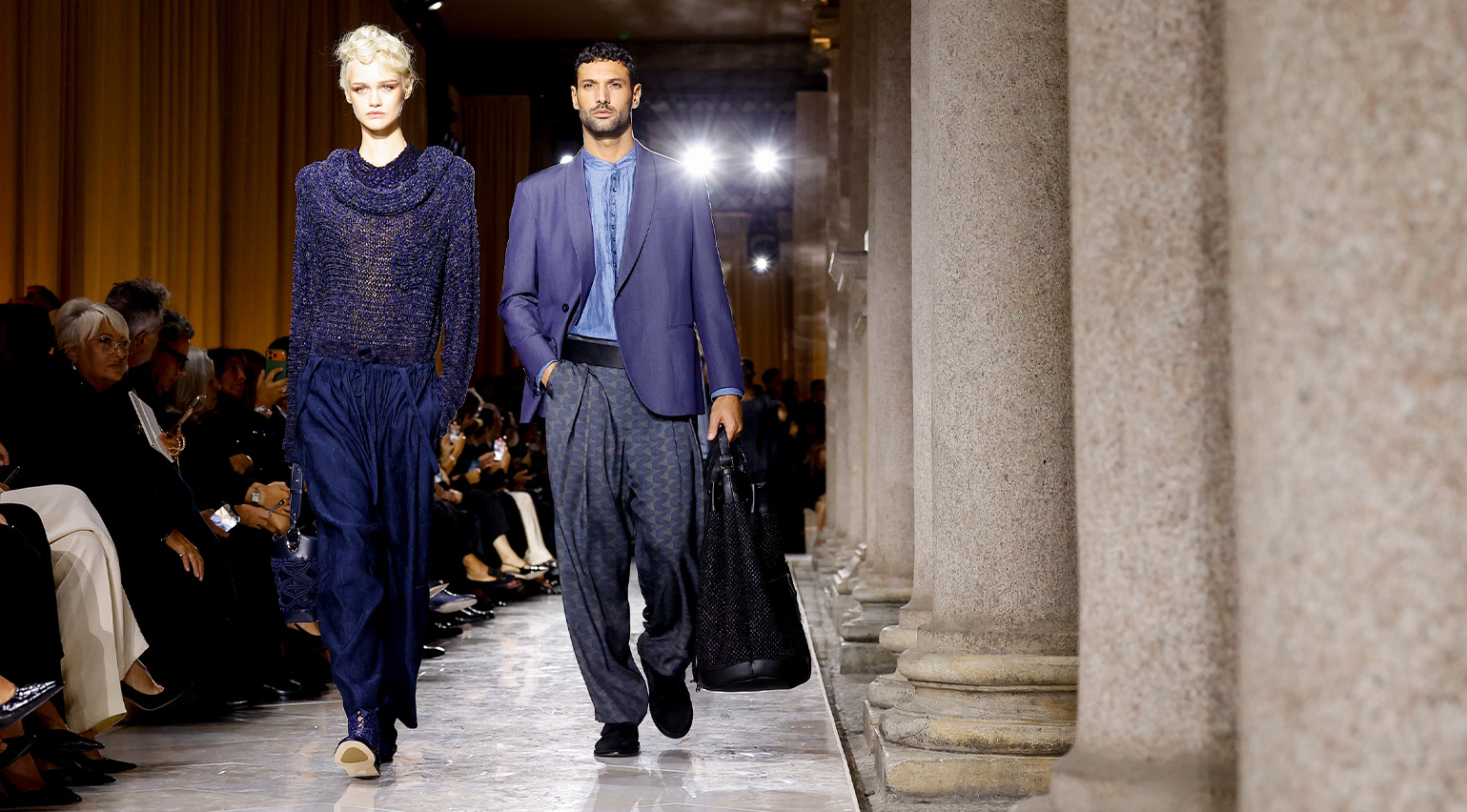 In Milan, the fashion world gathers to say goodbye to Giorgio Armani at his final show
In Milan, the fashion world gathers to say goodbye to Giorgio Armani at his final showOriginally planned to mark the 50th anniversary of Giorgio Armani’s eponymous house, Sunday evening’s runway show at Milan’s Pinacoteca di Brera would prove to be the last from the designer, who passed away earlier this month aged 91
-
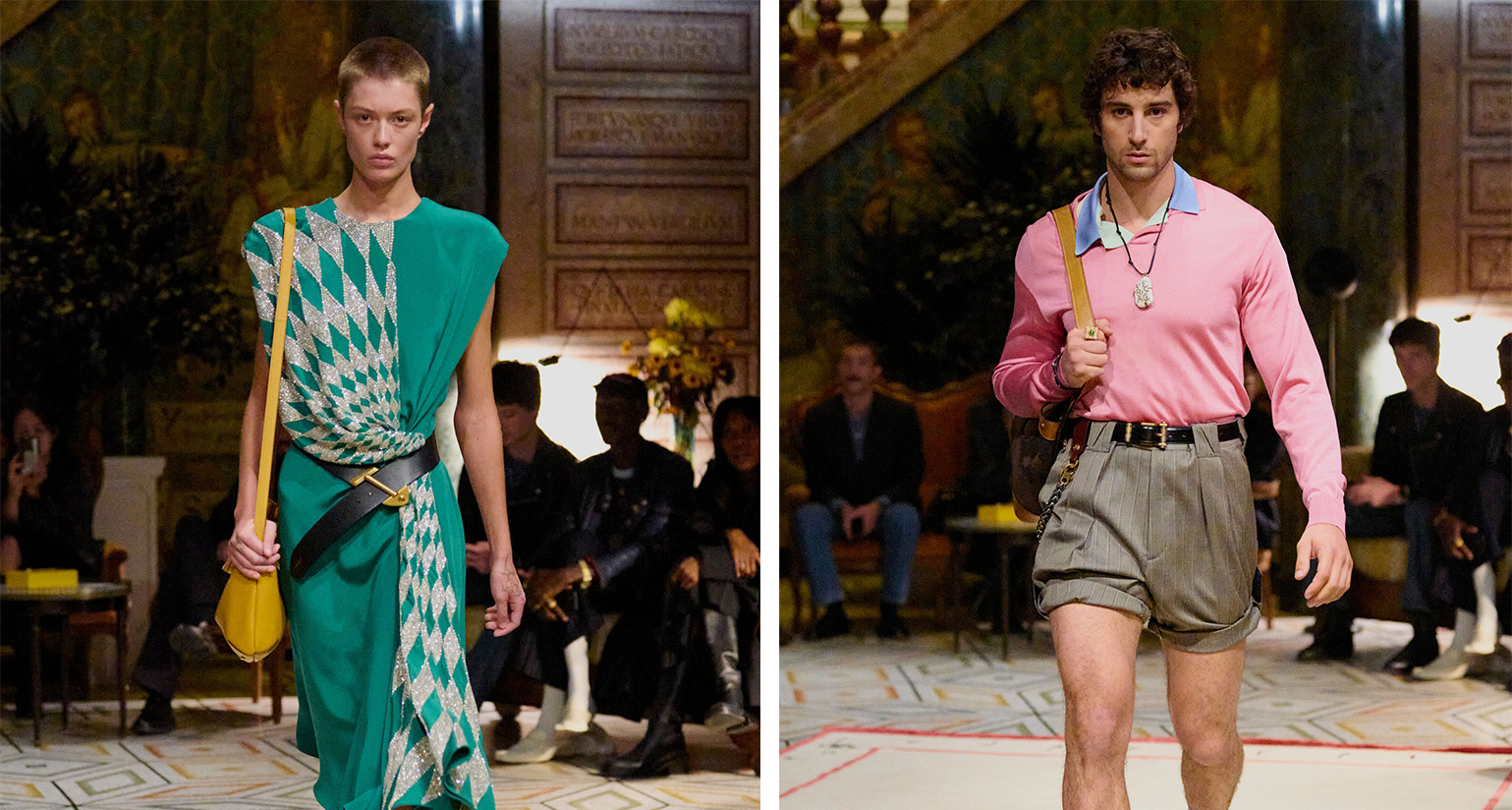 Dario Vitale makes sexually-charged debut for Versace, inspired by the ‘bold attitude’ of Gianni Versace
Dario Vitale makes sexually-charged debut for Versace, inspired by the ‘bold attitude’ of Gianni VersaceSucceeding Donatella Versace, the ex-Miu Miu design director is the first to helm the brand outside of the Versace family. His debut last night in Milan was staged within the opulent rooms of Pinacoteca Ambrosiana
-
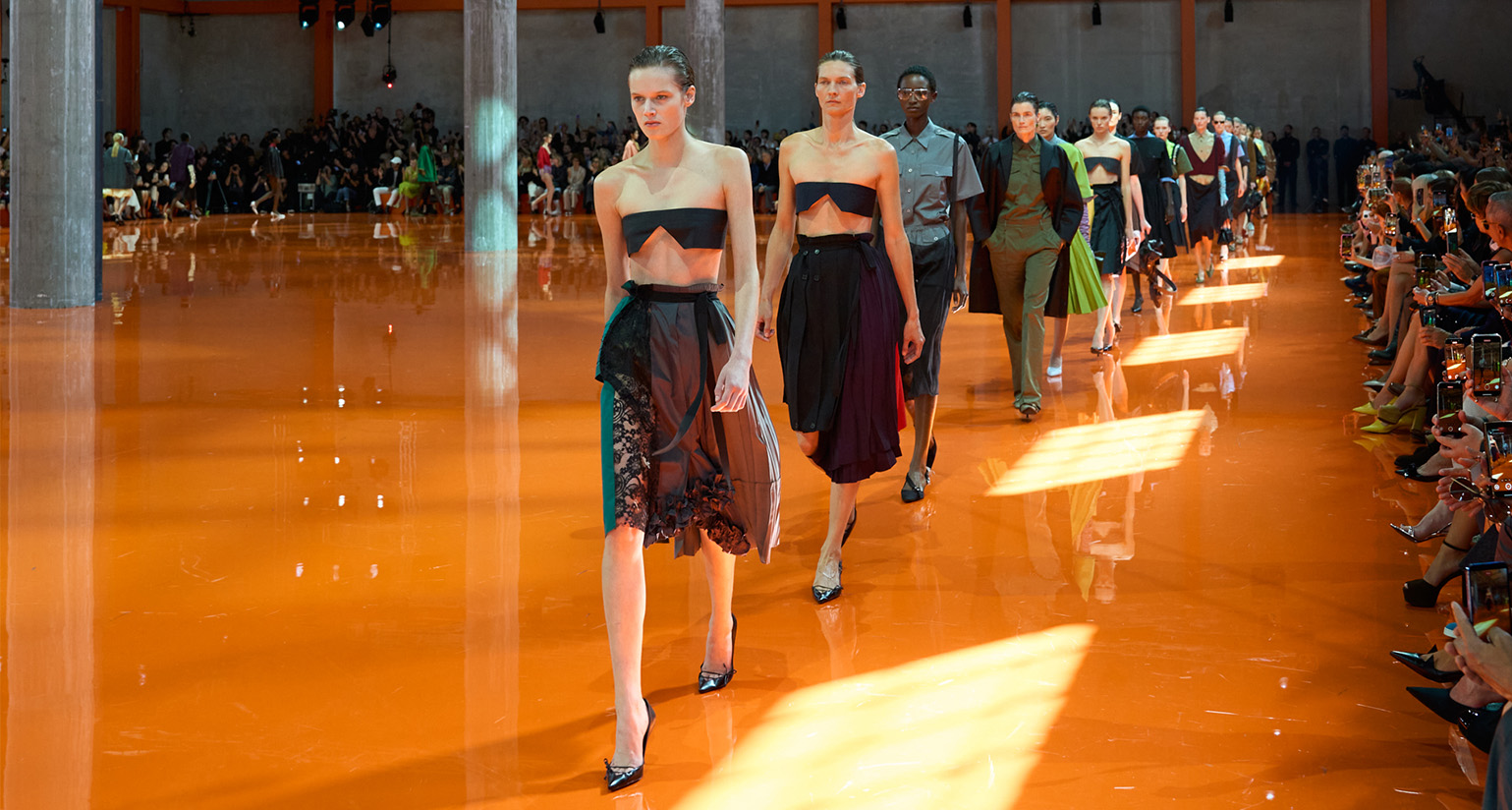 The standout shows of Milan Fashion Week S/S 2026
The standout shows of Milan Fashion Week S/S 2026This season in Milan, the city is enjoying a wave of creative director debuts, from Demna at Gucci to Louise Trotter at Bottega Veneta. Here are the Wallpaper* highlights so far
-
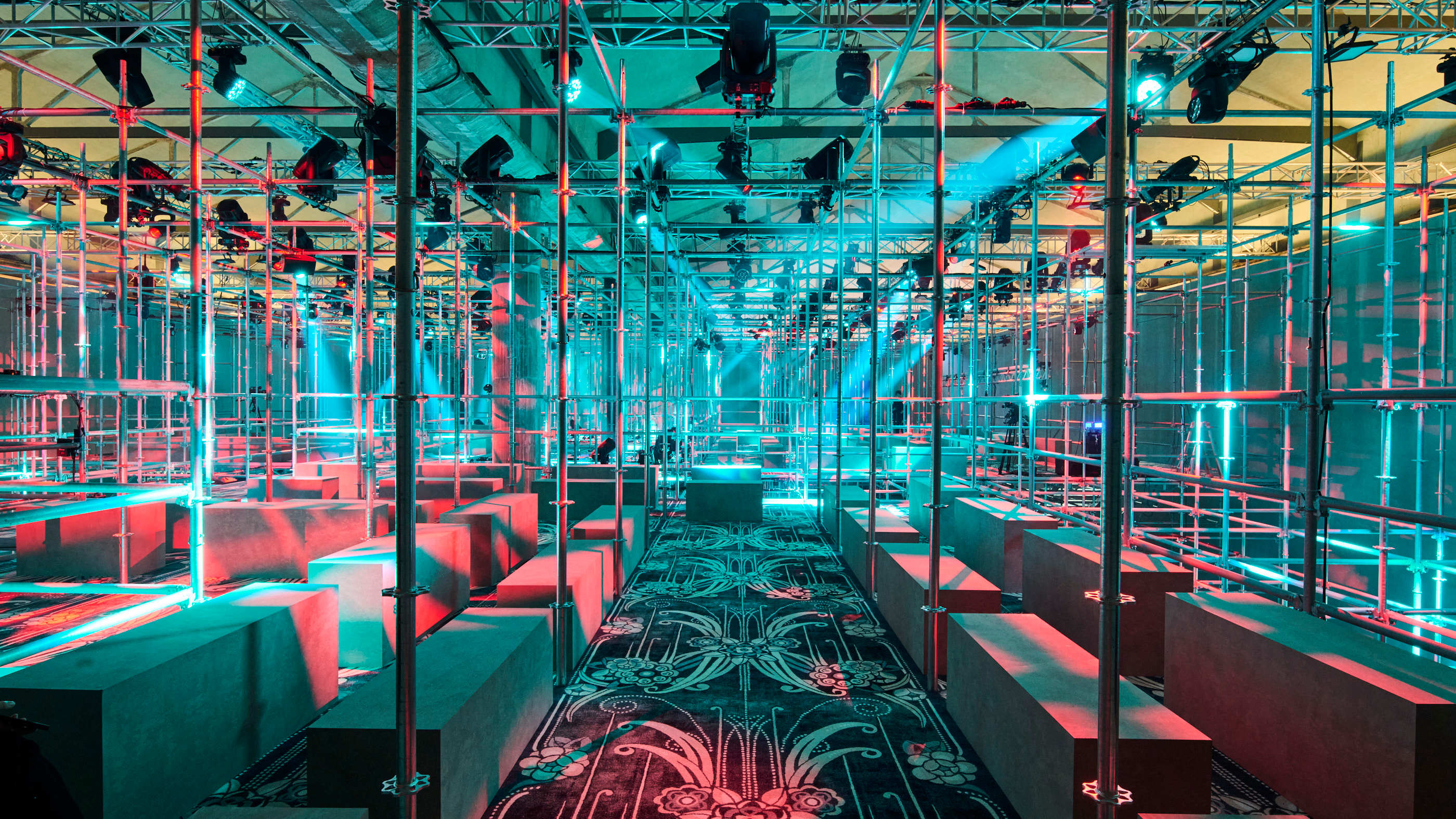 Milan Fashion Week S/S 2026: live updates from the Wallpaper* team
Milan Fashion Week S/S 2026: live updates from the Wallpaper* teamFrom 23-29 September, Milan Fashion Week takes place in Italy’s fashion capital. Follow along for a first look at the shows, presentations and other style happenings, as seen by the Wallpaper* style editors
-
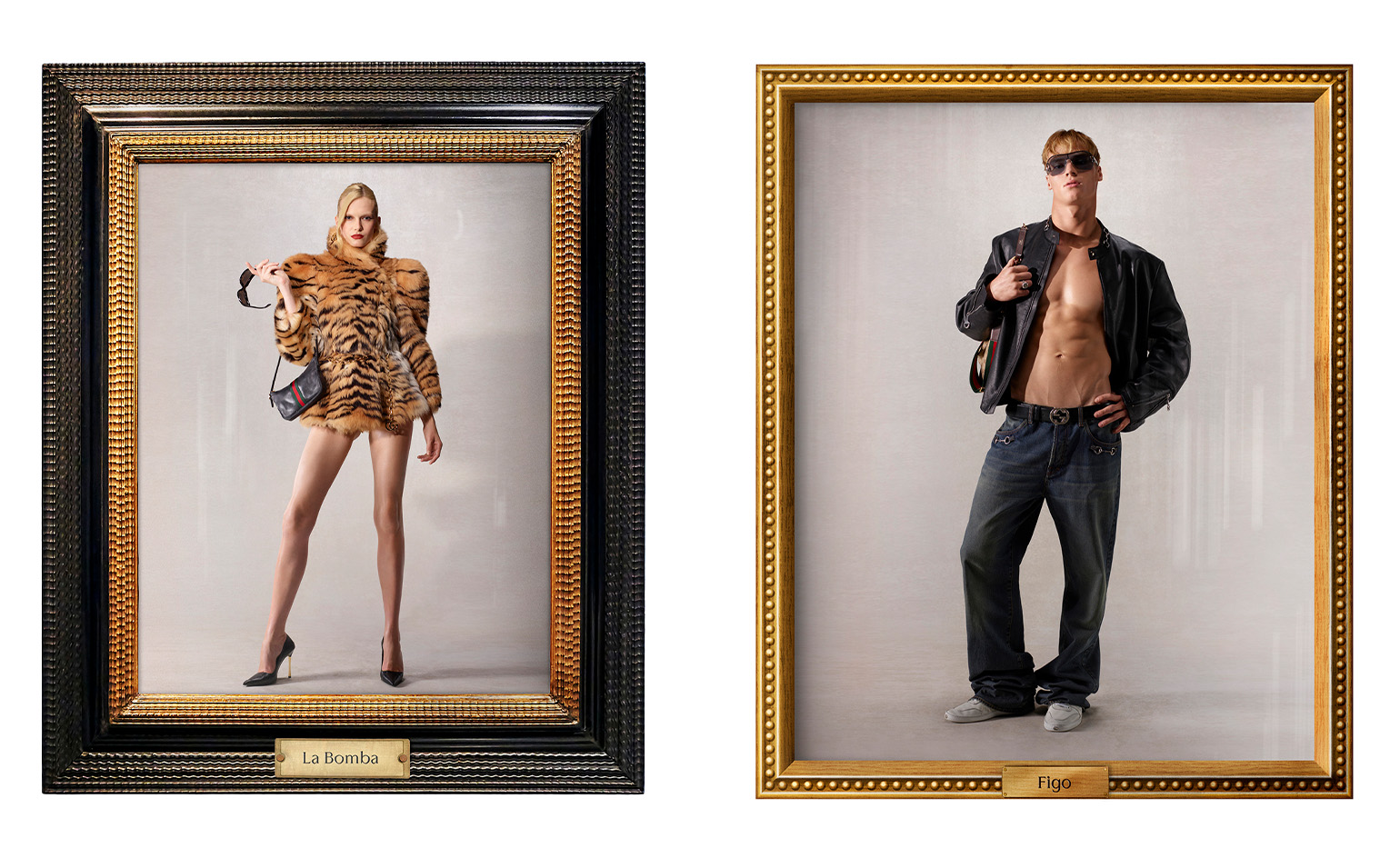 Gucci reveals its ‘bold, unapologetically sexy’ new era under Demna
Gucci reveals its ‘bold, unapologetically sexy’ new era under DemnaReleased this morning, former Balenciaga creative director Demna gives a glimpse at what to expect from his tenure at Gucci with a debut collection titled ‘La Famiglia’, comprising a cast of archetypes